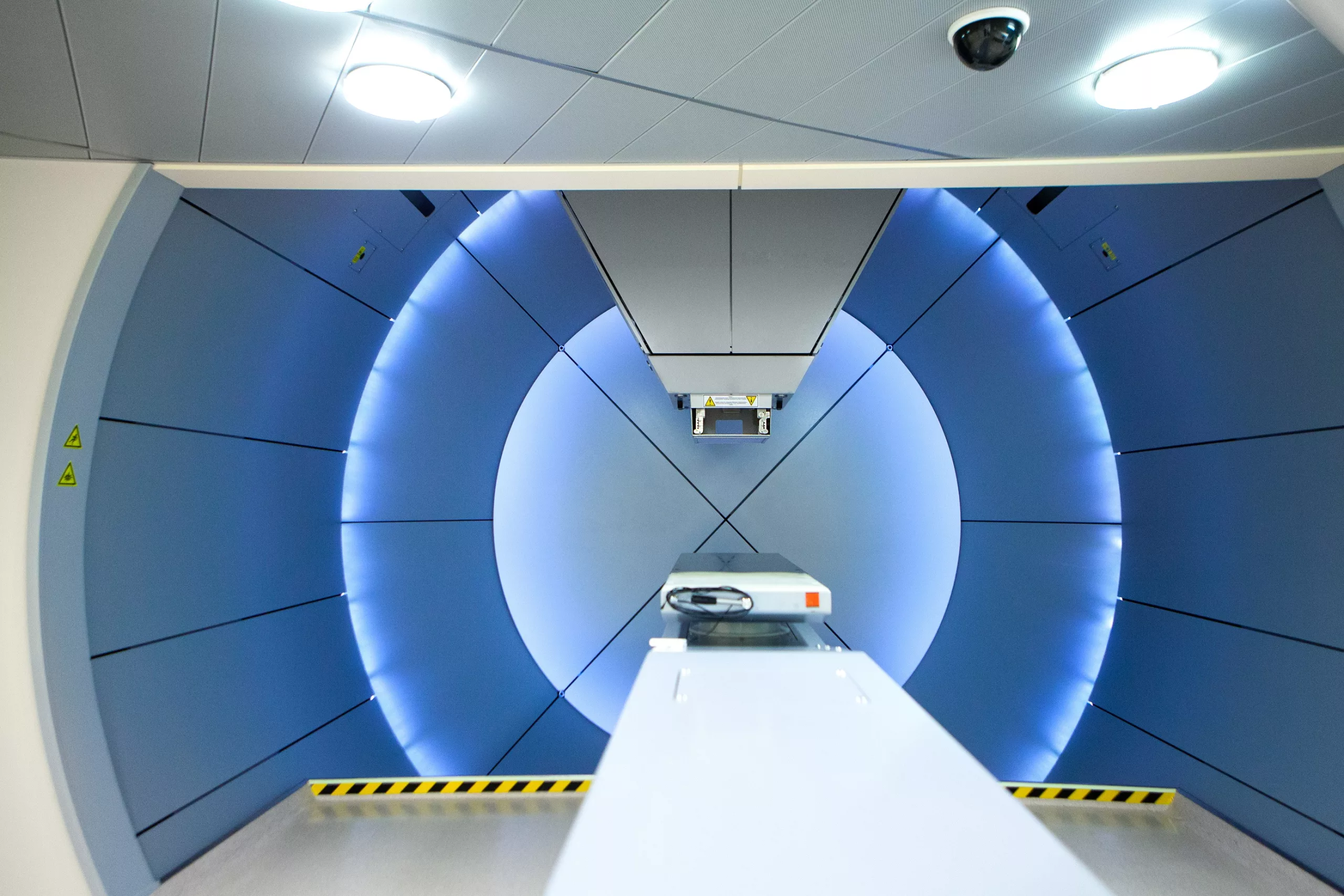We have previously written about how the FDA regulates the relatively novel technology of radiopharmaceuticals. Since that blog was written (almost two years ago to the date), radiopharmaceuticals and theranostics have become an emerging trend in the industry. One such therapeutic area that has seen an exponential jump in the use of theranostics is oncology.
The word “theranostics” is the combination of therapeutics and diagnostics. Theranostics are innovative, and beneficial to patients in that they find the cancer cells and also deliver targeted radiation to those cells all within the same treatment. Historically, patients would need to undergo at least two different medical procedures, one to find the cancer cells (by the use of something like a PET or X-Ray), and then another to actually receive the treatment via chemotherapy, photon, or proton therapy.[1]
More specifically, common theranostics today utilize something called a radiotracer to find and treat cancer cells. Radiotracers are compounds of radiation, chemicals, and biologics that travel through blood to find, bind to, and deliver targeted radiation to cancer cells. This innovative technology ensures that only the cancer cells are targeted, and not healthy cells.
The benefits to patients are obvious, but theranostics are a complicated product both from a regulatory perspective and a manufacturing perspective. As described in the blog linked above, the FDA regulates these products similar to drugs, but there are additional regulatory requirements that must be met. The GMP and safety/effectiveness threshold for these products are extremely high, due to the risk they pose to patients and healthcare professionals if not manufactured or developed correctly.
Generally speaking, manufacturers can expect theranostics to be approved via either the BLA or NDA pathway, depending on technological variations. As everyone is aware, both pathways are time and resource intensive, and are even more so with the added scrutiny of radiologic materials.
Despite the daunting regulatory hurdles, many industry giants are quickly moving towards theranostics to treat cancer. Giants like GE and Siemens Healthineers are developing and marketing theranostic solutions, which can support bringing the innovative technology to more healthcare centers. Industry leading cancer centers across the country have already begun to provide theranostic treatments to patients, and we can expect even more in the coming years.
Are you interested in developing a theranostic? Do you need help understanding the regulatory requirements for radiopharmaceuticals? EMMA International can help! Contact us today at 248-987-4497 or email info@emmainternational.com to learn more!
[1] UChicago Medicine (n.d.) Theranostics retrieved on 10/1/2023 from: https://www.uchicagomedicine.org/cancer/types-treatments/theranostics#:~:text=forefront%20of%20Theranostics.-,What%20is%20theranostics%3F,specific%20target%20in%20the%20body





